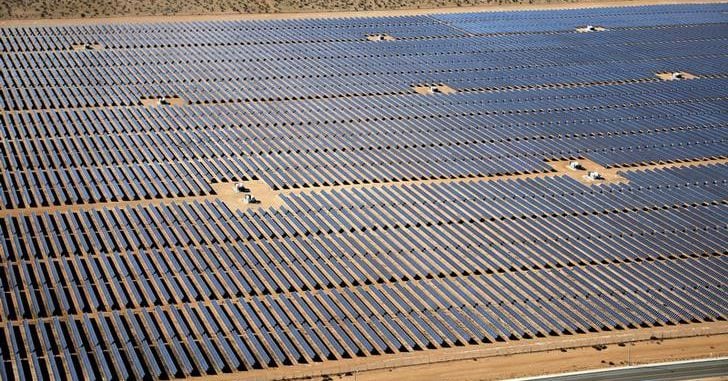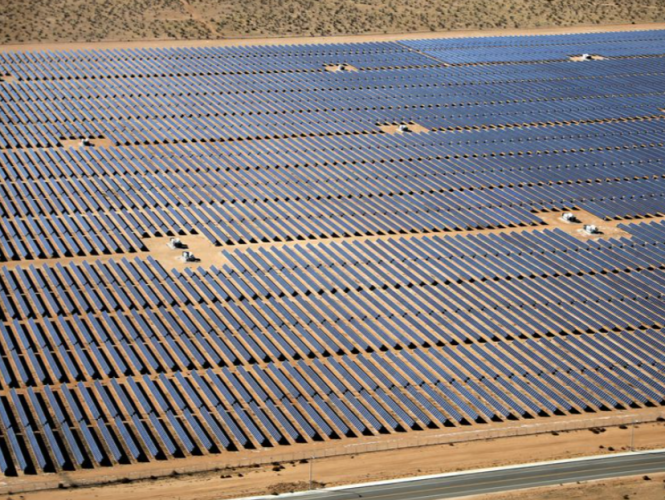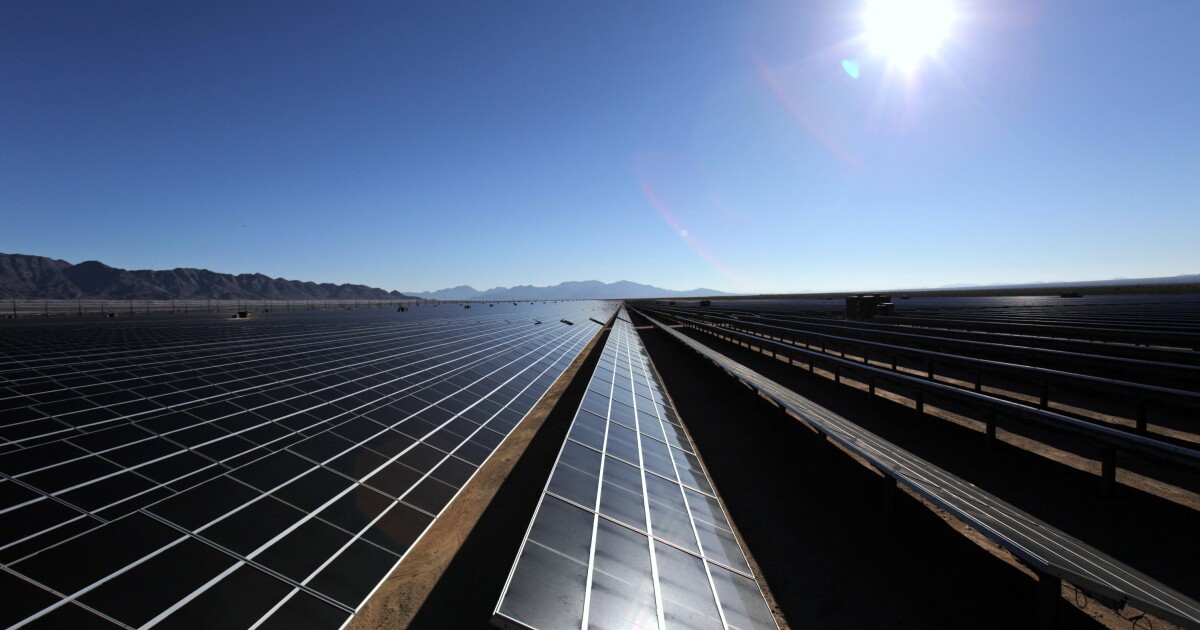Wildabeest
Well-known member

U.S. says it will cut costs for clean energy projects on public lands
The Biden administration on Tuesday said it would substantially reduce the cost of building wind and solar energy projects on federal lands to help spur renewable energy development and address climate change.






